
If you’re not taking your camera gear with you backpacking, you’re missing out. The spectacular scenery of the mountains and forest can turn any mediocre photographer into a mill of beautiful Instagram posts.
But whether you’re an amateur point-and-shoot operator or a professional street photographer, I can assure you that outdoor photography doesn’t require bringing your entire studio of equipment.
For starters, when you’re carrying everything on your back for hours at a time, you’re really going to start to notice the weight of that extra lens or big tripod. Additionally, it’s much harder to escape rain or bad weather, there are no outlets to plug into, and there's dirt and dust everywhere trying to ruin your photos. All of these challenges will make you consider investing in a specific photography kit for hitting the trails.
What to know
Point-and-shoot, mirrorless, or DSLR: What type of camera do you need?
As always, it’s the photographer, not the camera, that makes a good photo. But a good camera helps. Keep in mind, though, that the best cameras are often the biggest. If you need ultra packability or don’t have the experience to use a big camera, a small point-and-shoot is often a great camera for outdoor adventures.
If you do want something a little more advanced, consider a mirrorless camera like the Sony A7 IV. These cameras are almost always smaller and lighter than DSLRs, which makes them easier to carry, pack, and use on short notice. But you’ll lose very little, if anything, for quality.
What type of lens do you need?
For most nature shots, consider bringing a wide lens — something wider than 35mm is preferable.
My personal preference is a 20mm lens like the Sony FE 20mm f/1.8 G on my Sony A7 III. This lens makes it easy to capture big mountainous landscapes and gives a better sense of the scale of these places. Unless you’re going to be shooting wildlife from a distance (in which case you should consider a beefy telephoto lens or even a versatile superzoom lens, a prime lens in the 35 to 50mm range is a nice complement to a wide lens, and better for shooting the camp scene and your companions, if you do want to take a little variety.
For astrophotography in particular, look for a lens with at least an f/2 aperture or faster.
Lens speed is less important when you’re shooting outdoors, unless you’re looking for something to shoot under specific circumstances. Most of the time you’ll be out in the sunlight, which means you won’t be shooting at lower apertures anyway — my previous lens was an f/4 that was plenty for most days in the mountains. That said, one of the best times for photography on a backpacking trip is at night, around the campfire, or looking up at the stars. The faster a lens is (smaller f-stop number like f/1.4 or f/1.8), the more detail you’ll be able to pull from a starry scene.
Input may receive a portion of sales if you purchase a product through a link in this article. We only include products that have been independently selected by Input's editorial team.
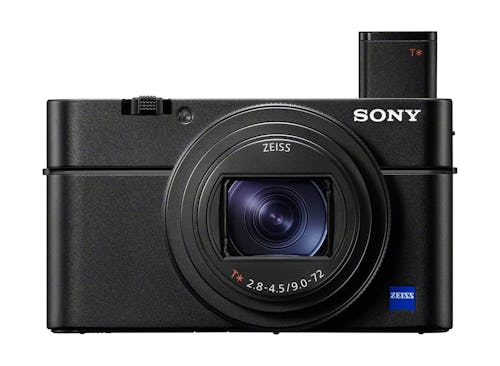
For the highest quality photos with the smallest footprint in your backpack, the Sony RX100 VII is as good as it gets. This 20.1-megapixel camera is tiny (4 x 2 3/8 x 1 11/16 inches and weighs only 10 ounces), shoots 4K video, and slo-mo at up to 1,000 fps (cool, but limited to 800 x 270 resolution). Its 24-200mm zoom lens makes it ideal for both wide landscape shots and zoomed-in wildlife photos. On exceptionally cold trips, like one into the Alaska Range, where I want a camera I can keep insulated in my jacket, this is the one I bring.

I know myself: If my camera is packed in my backpack, I’m less likely to stop, pull it out, get the shot, and put it back away. That’s where the Peak Design Capture Clip comes in. This clip secures to the shoulder strap of your backpack and the base plate attaches to your camera body like any tripod mount. Stow the camera on your shoulder strap easily and securely (it can lock if you’re hiking somewhere particularly precarious), then pop it off one-handed when you see a photo.
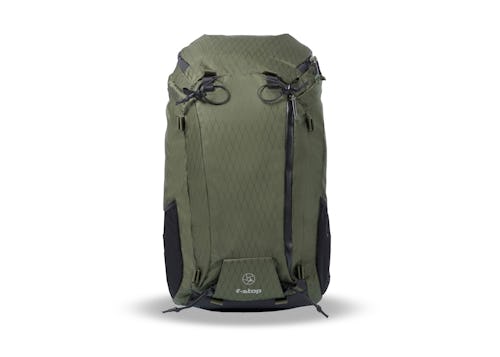
The f-stop Anja 37 backpack easily pulls double duty as a capable and comfortable overnight backpack while also keeping your delicate camera gear stowed safely and accessible in a pinch. Big burly hip belts and comfortable shoulder straps make carrying a heavier load a cinch. But unzip the back panel to expose a honeycomb of customizable cells for cameras, lenses, and other gear. Weather-resistant fabric and zippers plus even more space for camping gear make it a great adventure camera bag.
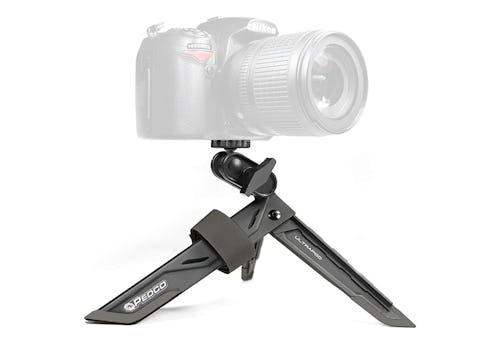
For the most part in the backcountry, you’re carrying a tripod for long-exposure shots like water or stars. You probably don’t need — nor want to carry — a full-size tripod. The tiny Pedco Ultrapod 3 is likely all you need, at least for a mirrorless or smaller camera. The quarter-pound tripod is less than eight inches tall but expands to form a stable, wide base. The top screws into your camera body and the angle adjusts for the perfect shot.
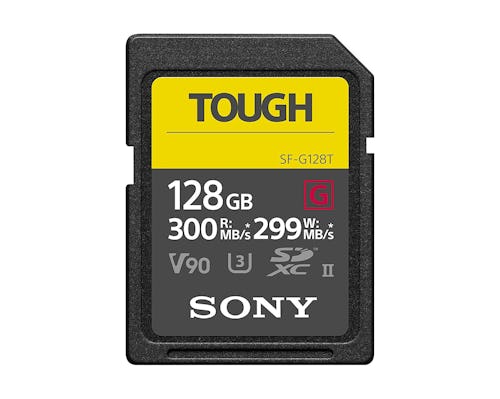
Sony’s TOUGH-G Series SD cards are made from a single piece of stiff plastic and don't include features that might break, like the write protection lock switch. They’re waterproof and dustproof and designed to operate in temperatures from -13°F to 185°F, meaning the natural world isn’t going to harm your precious images. On top of that, you’ll get 300 MB/s of transfer speed, so you can gather your images ultra fast.
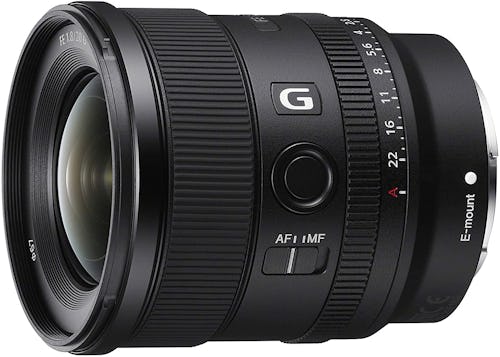
The best lens in the backcountry is the one that you can bring and leave all the others at home. Versatility is key. The Sony FE 20mm f/1.8 lens is about as close as you can get to the only lens you’ll need in nature. Its 20mm fixed focal length is solid for both capturing a massive mountain scene and getting detail of your fellow hikers, and its f/1.8 aperture, while probably overkill for most sunny days (see the ND filter below), is ideal for night scenes at camp, including full-blown astrophotography. Plus it’s super sharp, weighs less than a pound, and fits pretty compactly onto a mirrorless body.

Expect to take most of your backpacking shots in some pretty bright sunlight. A neutral density filter like this one from K&F Concept helps darken the light going into your lens enough to give you more creative control over things like the depth of field, which makes it important for outdoor photography. It can easily be adjusted from one to five stops, giving you the ability to dial in the correct exposure for your images.
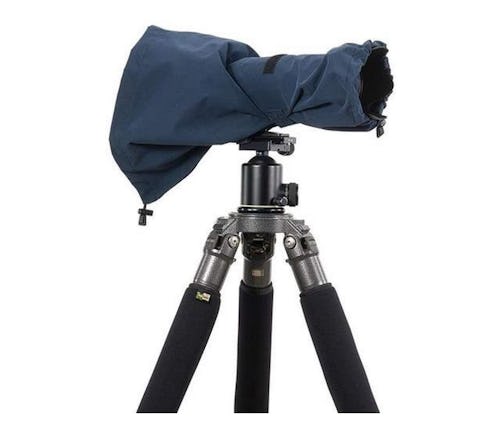
Sometimes the best photos you’ll come back from a backpacking trip will show the difficulty of your adventure. That means shooting even when the weather isn’t that great. The LensCoat Raincoat RS covers your camera and lens in a waterproof softshell material, allowing access to the back of the body behind a cinch closure, so you can still fine-tune the shot then seal it up to stay dry.







